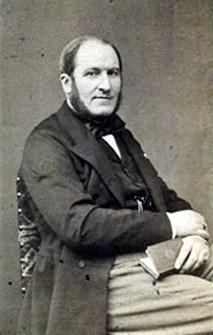Georges Eugène Haussmann (1809-1891)
Prefect of the Seine under the Second Empire.
A great expert on provincial France
Georges Eugène Haussmann was born in Paris, into a family deeply attached to their Lutheran faith. His ancestors had fled from religious persecution and settled first in Saxony, then in the Alsace region – hence his German-sounding name which, he said, brought him problems in his youth.
His education is rapid and brilliant and at an early age he joined the Prefectoral Civil Service where his friendship with the Duke of Orléans, eldest son of Louis-Philippe, was helpful to him in starting his career.
He is successively Secretary General of the Vienne Préfecture, Sous-Préfet in Yssingeaux, Nérac, Saint-Girons, and Blaye. He rode extensively across each district to which he was appointed and he expressed a great interest in the most urgent problems he discovered : roads and schools.
Faithful to his Protestant commitment, he married Octavie de Laharpe, of Swiss descent, whose brother was a pastor in Bordeaux.
During the troubled times of the Second Republic, Haussmann proved his administrative capacities, firstly as advisor to the Gironde Préfecture, then as Préfet in the Var, the Yonne and finally the Gironde départments.
After the Coup d’Etat of December 2, 1851, followed by the restoration of the Empire, Napoléon III rewards him by appointing him Préfet of the Seine on June 23,1853.
He always upheld the ideas of the Prince President throughout his various appointments to prefectures more or less attached to the memory of the First Empire.
The organizer of the major redevelopment of Paris
He was appointed in charge of the redevelopment of Paris, one of the great projects of the Emperor. The latter said of Haussmann that he was capable of « mobilizing a whole population » and that he embodied the « certificate of expertise » of the new regime.
The project was to open up ways of communication and build infrastructures by which not only commerce would be facilitated, but the inhabitants’ every day life would be improved with better hygiene and better living conditions. Haussmann could count on the support of Persigny, the Interior Minister, and to the devoted and efficient team that surrounded him : Dumas the scientist as well as the architects Hittorff, Baltard, Ballu, Garnier . The two rival bankers, Pereire and Rothschild were there to back him, as well as several Protestant banks.
Finance for the project was organised through a system of loans guaranteed by the city’s revenues. The latter were in constant increase and were presented as a model of « productive expenditure », an ingenious formula invented by Persigny and Haussmann, which will nevertheless bring against Haussmann the accusations of wasting public funds.
For sixteen years he enjoyed the constant trust of Napoléon III who was never to let him down. Thanks to his unfailing energy, Haussmann accomplished the transformation of the old Paris into a modern capital city, an example for all European cities.
And lastly, an anecdote showing Haussmann’s faithfulness and devotion to the memory of the Reformation in France : when, in order to clear the square between the Louvre columns and the church of Saint Germain l’Auxerrois, the Minister of State Achille Fould demanded – with the support of Napoléon III – that the church be demolished, Haussmann, though convinced of the lack of aesthetic qualities of the church – opposed the project on the grounds that the bells of Saint Germain l’Auxerrois had given the signal for the Saint Barthélémy massacre on August 24, 1572.
Bibliography
- Books
- CARMONA Matthew, Haussmann, Fayard, Paris, 2000
Associated notes
-

St. Bartholomew's Day (24th August 1572)
Charles IX had tried to reconcile the two religious parties, but when this failed, he was driven by the Guise family to authorize the Catholics to assassinate the Protestant leaders; the situation... -
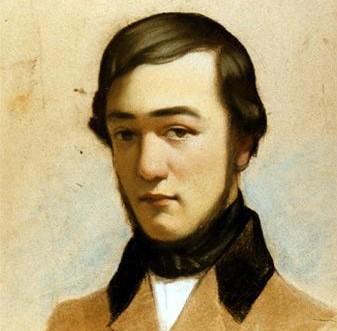
Charles Read (1819-1898)
-
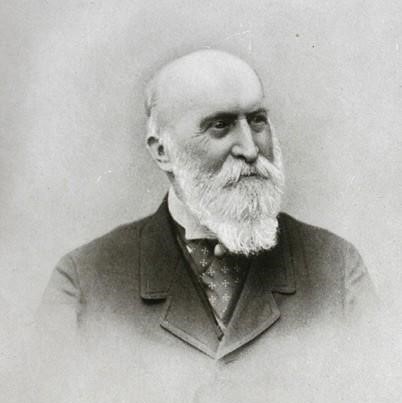
Charles Mallet (1815-1902)
Charles Mallet is first an associate, then the chairman of the Protestant bank Mallet Frères & Cie which plays a major role in industrial development both in France and abroad... -
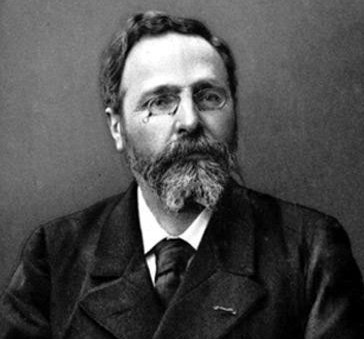
Gabriel Monod (1844-1912)
-
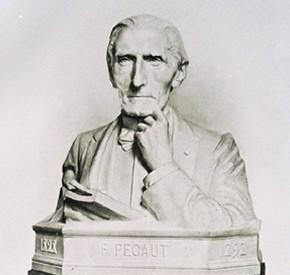
Félix Pécaut (1828-1898)

